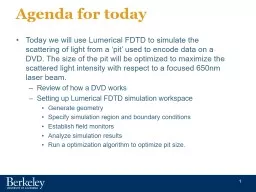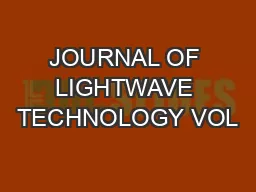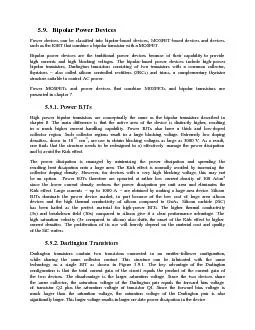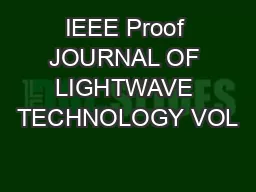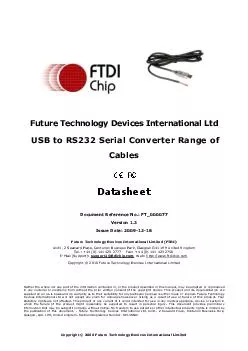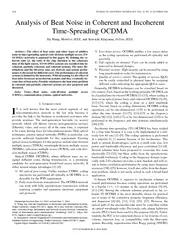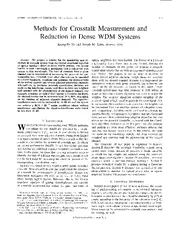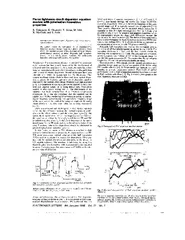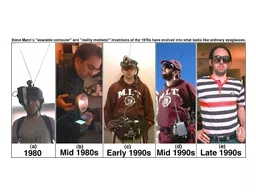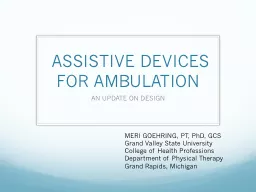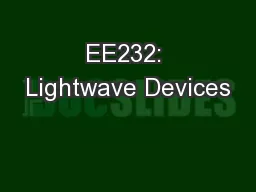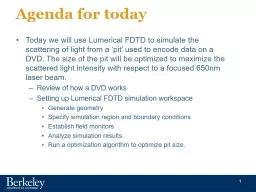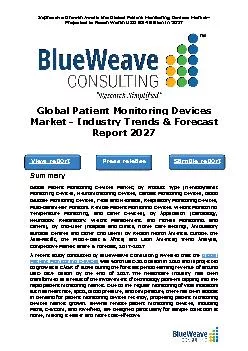PPT-EE232: Lightwave Devices
Author : pasty-toler | Published Date : 2020-01-06
EE232 Lightwave Devices Prof Ming Wu GSI Kevin Han Discussion 11718 EE232 overview Lectures will mainly cover lasers and detectors Discussions will mainly cover
Presentation Embed Code
Download Presentation
Download Presentation The PPT/PDF document "EE232: Lightwave Devices" is the property of its rightful owner. Permission is granted to download and print the materials on this website for personal, non-commercial use only, and to display it on your personal computer provided you do not modify the materials and that you retain all copyright notices contained in the materials. By downloading content from our website, you accept the terms of this agreement.
EE232: Lightwave Devices: Transcript
Download Rules Of Document
"EE232: Lightwave Devices"The content belongs to its owner. You may download and print it for personal use, without modification, and keep all copyright notices. By downloading, you agree to these terms.
Related Documents

